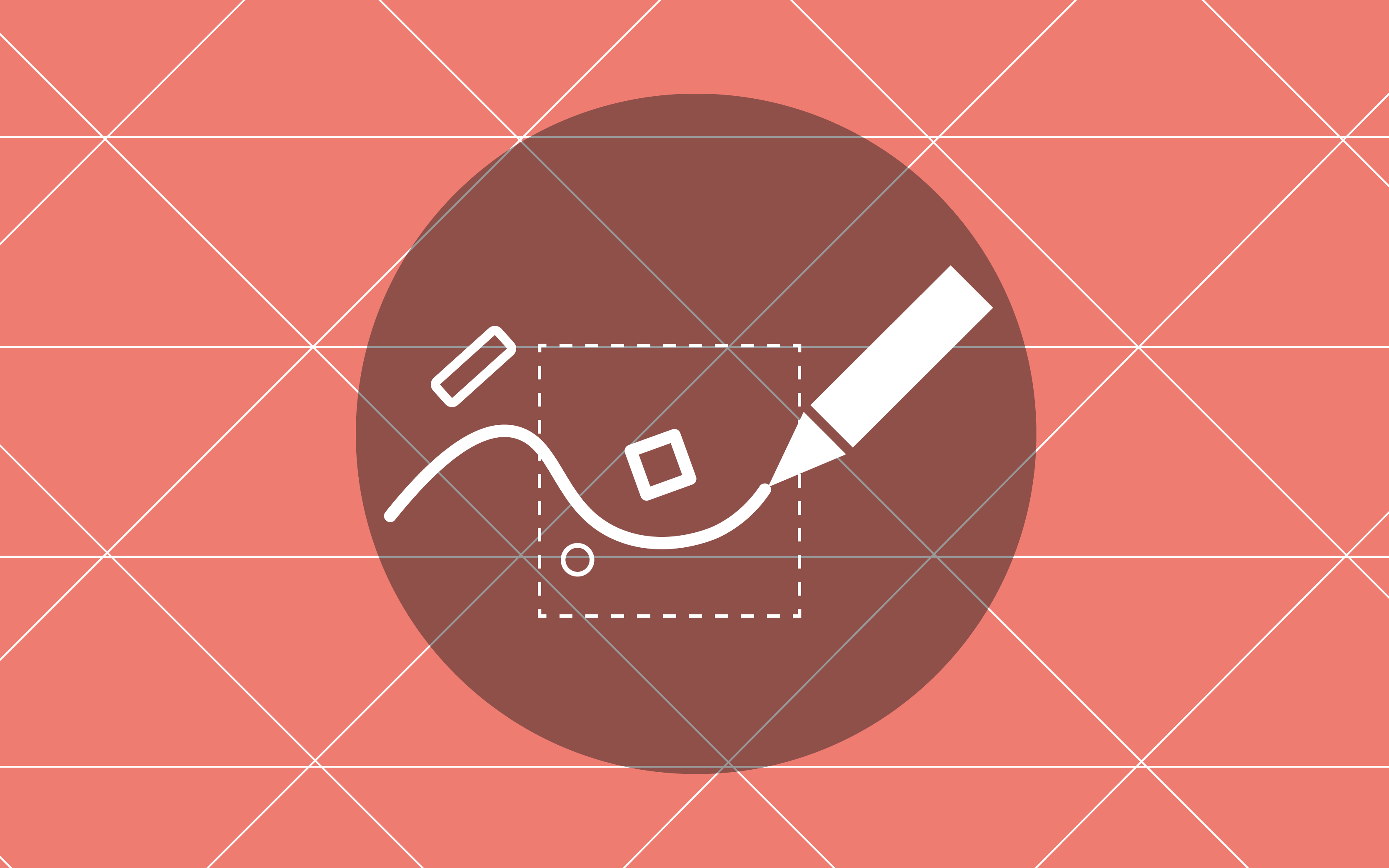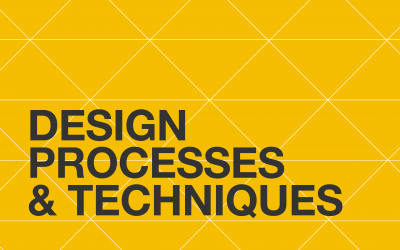1. Analysis
Introduction to Analysing
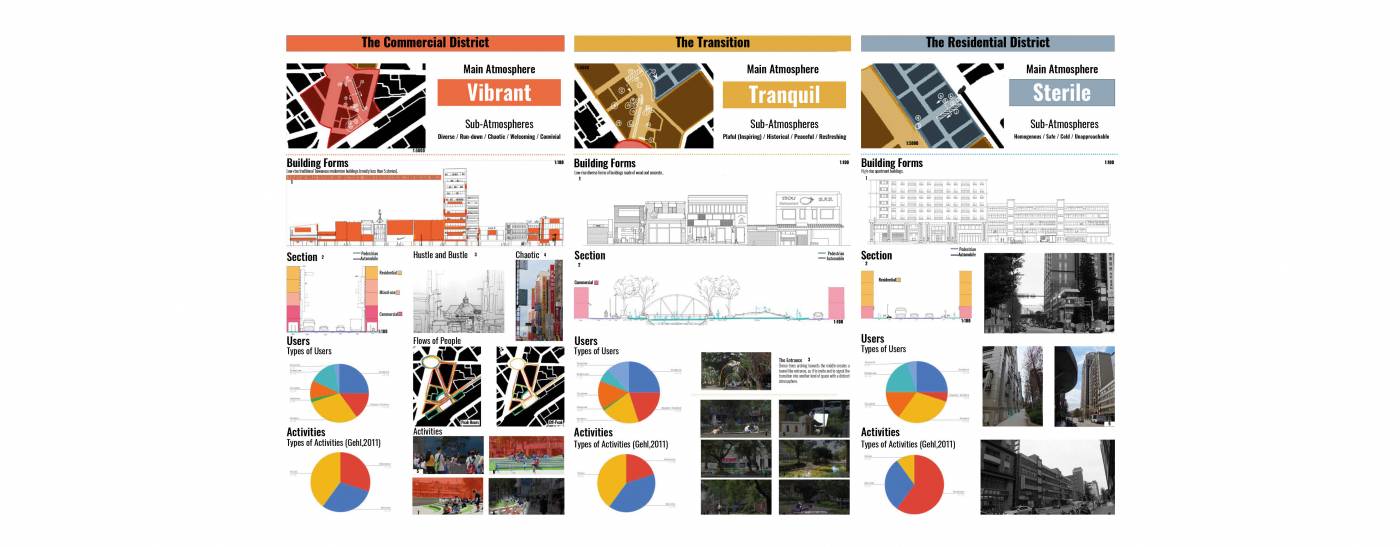
Urban Lab 1: Graphic Skills, Heart of Hsinchu, site analysis detail. Yi-Fang KuoBartlett School of Planning Expo 2021
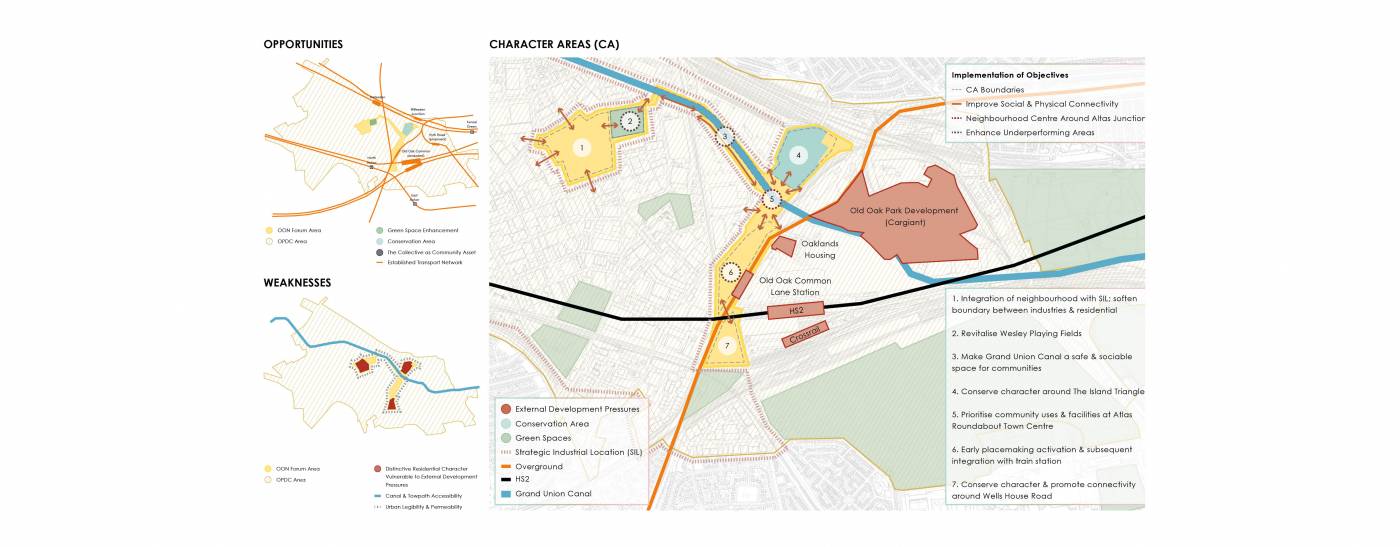
From Strategic Vision to Urban Plan, Strategic Vision for Old Oak, site analysis detail. Gabi Abadi, Alex Chong, Max Leonardo, Jessica Nilsson, Ben Oakley, Phil Smith Bartlett School of Planning Expo 2019
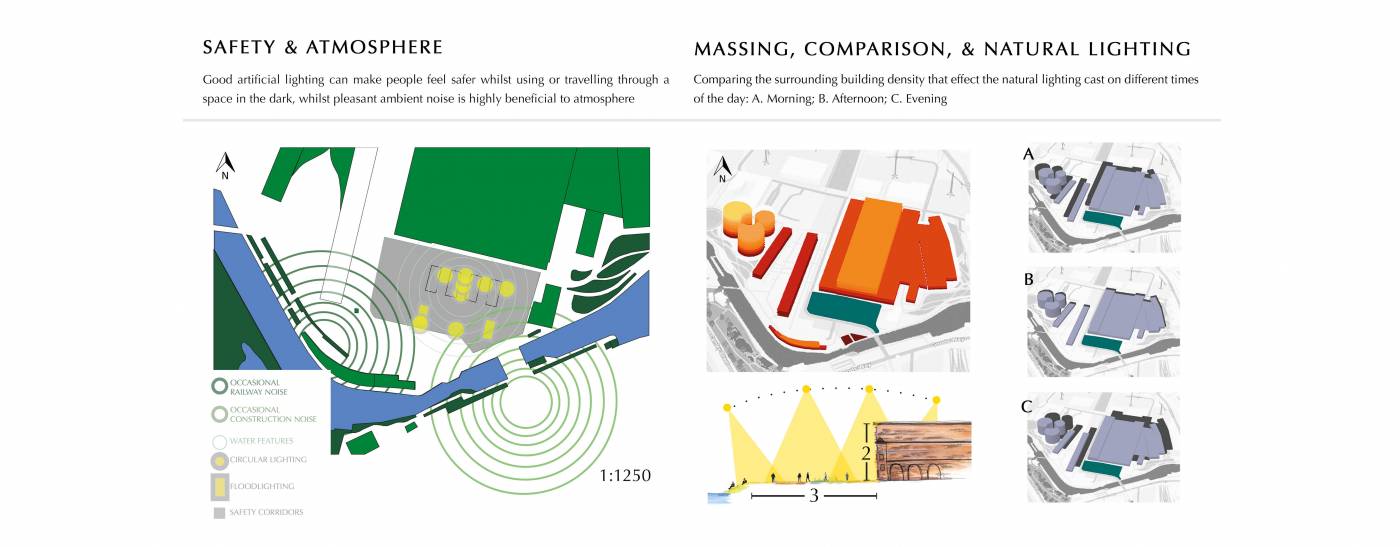
Introducing Urban Design: Design Skills Task 1, Granary Squares, site analysis detail. Flynn Moeskops, Ronan Barnes, Barbora Stryckova, Kei Putri, (Nico) Nicholas Seager Bartlett School of Planning Expo 2020
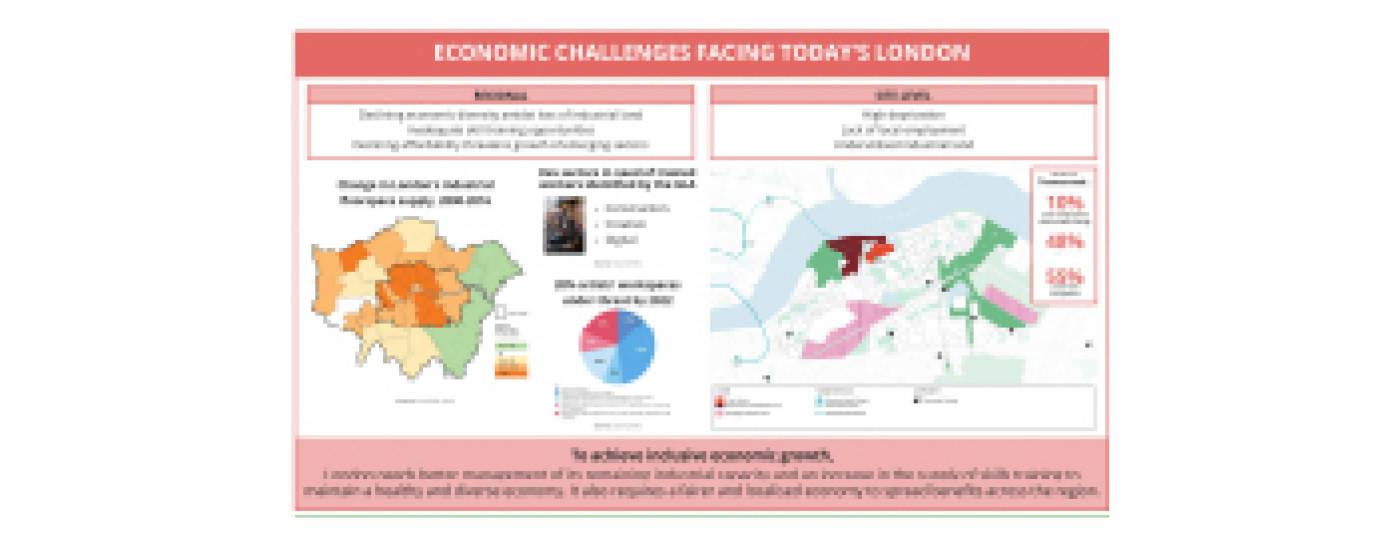
International Planning Project, Just Thamesmead, site analysis detail. Tin Chou Isaac Chan, Taotao Hu, Paolo Mendoza, Sophia Robertson, Churn Tsang
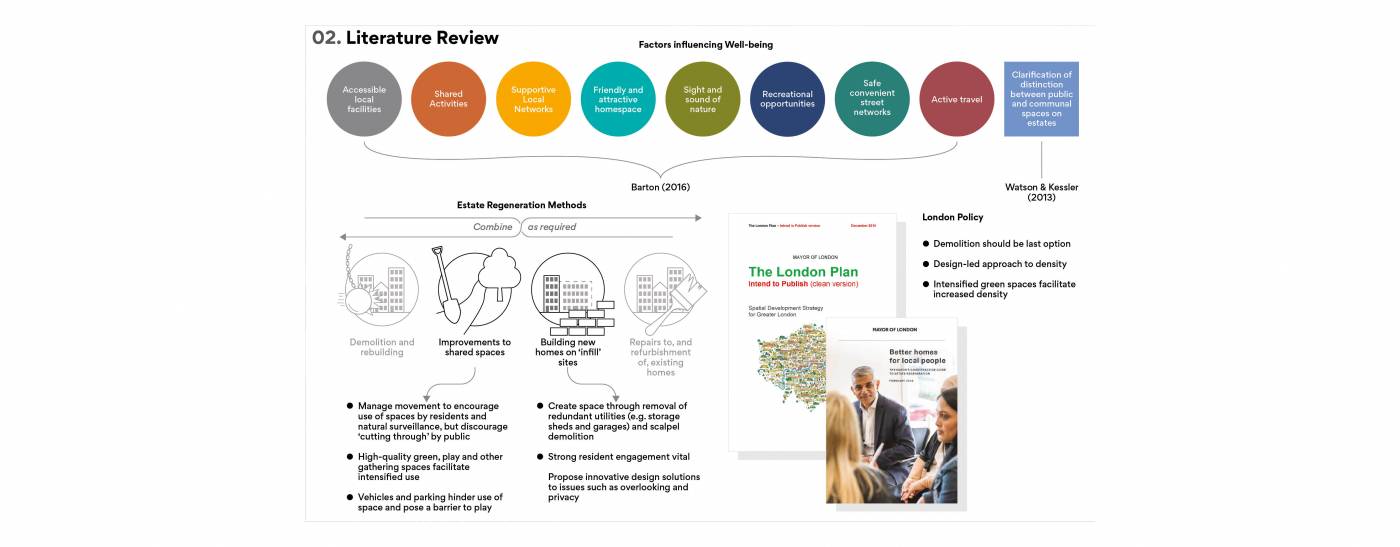
Major Research Project, Conflicting interests on small estates: Balancing existing residents’ well-being with the need for more homes, site analysis detail. William Turner Bartlett School of Planning Expo 2021
Analysis gives us an awareness of the spatial context within which design can take place and helps us to fully understand the urban environment.
Characteristics may be tangible and quantifiable such as land use distribution, various environmental and socio-economic qualities, urban morphology, density, and so on, or may be intangible and relate to issues such as aesthetics, behaviour or perceptions. The results of the analysis are likely to summarise both site-specific data and that gathered from desktop research.
Once data has been gathered, it is necessary to interpret it to determine what it tells us. Data gathering should be robust, but the critical task is to articulate what it means in order that it can fully inform later design solutions.
 Close
Close



